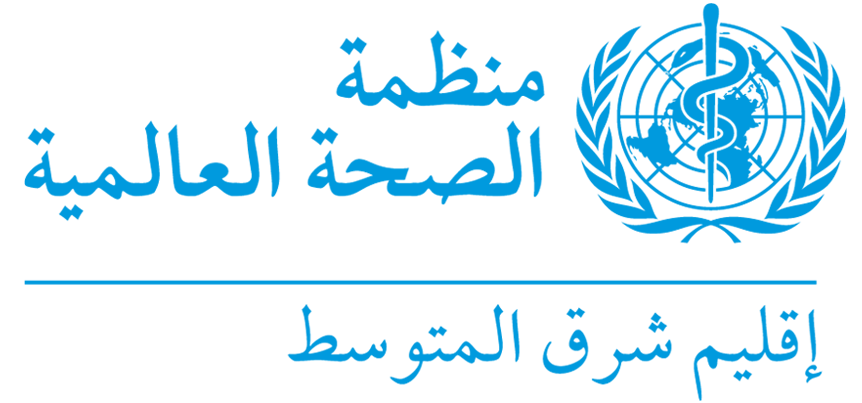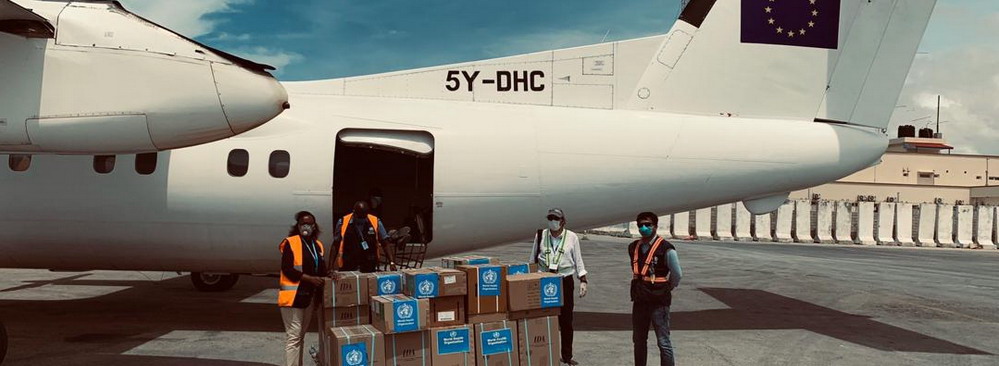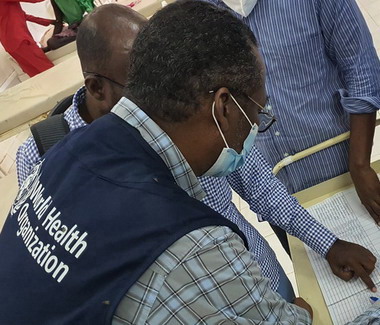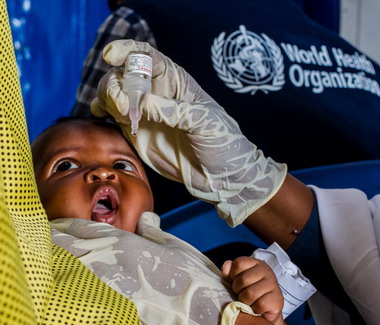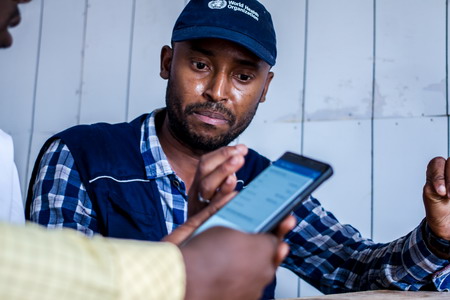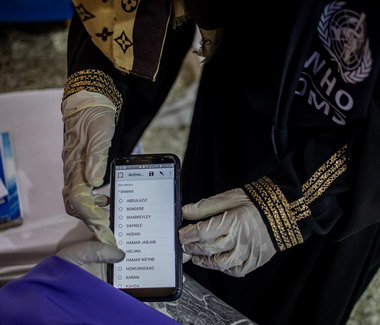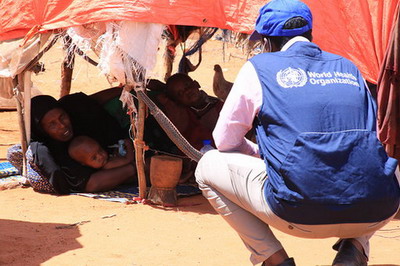
11 May 2020 – As the laboratory-confirmed cases of COVID-19 surge in Somalia, the country has also intensified its operations response to contain the epidemic. The WHO country office in support of this intensified response operations has deployed over 4000 community health care workers, each having to visit at least 5000 households every month for active case identification and contact tracing throughout the country.
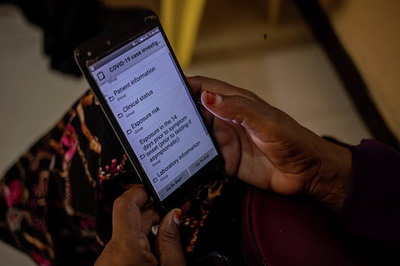 These community health care workers are being supervised by an additional 44 rapid response teams, formed at the district level. Once the community health care workers identify a suspected case through their house-to-house visits, information on the location of the suspected cases are automatically relayed to the rapid response team of the respective districts using open data kit – an open source software for collecting, managing and using data in resource-constrained environments. This data kit has been used in Somalia in the past for polio and cholera surveillance using mobile devices. The submission of the data to a server can be performed when internet connectivity is available. The rapid response teams, in turn, swiftly investigate the case and take appropriate action for testing, isolation and quarantine, as needed.
These community health care workers are being supervised by an additional 44 rapid response teams, formed at the district level. Once the community health care workers identify a suspected case through their house-to-house visits, information on the location of the suspected cases are automatically relayed to the rapid response team of the respective districts using open data kit – an open source software for collecting, managing and using data in resource-constrained environments. This data kit has been used in Somalia in the past for polio and cholera surveillance using mobile devices. The submission of the data to a server can be performed when internet connectivity is available. The rapid response teams, in turn, swiftly investigate the case and take appropriate action for testing, isolation and quarantine, as needed.
 These community health care workers and members of the team were trained by WHO staff before deployment. The training included how to wash hands using soap and water, how to look for suspected cases and how to conduct contact tracing systematically. Despite various restrictions and lockdown, the operation has continued in all parts of the country owing to the commitment and dedication of national staff of the WHO country office who have been working hand in hand with the state and local authorities since the beginning of the epidemic.
These community health care workers and members of the team were trained by WHO staff before deployment. The training included how to wash hands using soap and water, how to look for suspected cases and how to conduct contact tracing systematically. Despite various restrictions and lockdown, the operation has continued in all parts of the country owing to the commitment and dedication of national staff of the WHO country office who have been working hand in hand with the state and local authorities since the beginning of the epidemic.
Commenting on this massive operations, Dr Mamunur Rahman Malik, WHO Representative in Somalia, remarked, “We can only end this pandemic if we can end it in settings like Somalia, where our operational challenges in conducting house-to house case searching and contact tracing in remote, in accessible and security-compromised areas are a huge undertaking. We will continue to support this operation in the field until we see the end of this outbreak here in this country”.
Up until 11 May 2020, the country has reported 1054 cases, including 51 deaths, and recently there has been an upsurge in cases and deaths. Owing to the geographic vastness of the country and difficulty in accessing remote areas where travel by air was the usual means of reaching the population living in those areas, it has been extremely difficult to access these areas with humanitarian support during this long period of restriction and lockdown. The WHO country office continues to overcome these barriers by ensuring physical presence of contact tracers and other categories of health care workers on the ground who are the essential components of any surveillance and response system of a country for containing this unprecedented epidemic.
WHO's rapid response teams in Somalia are supported by European Civil Protection and Humanitarian Aid Operations.
